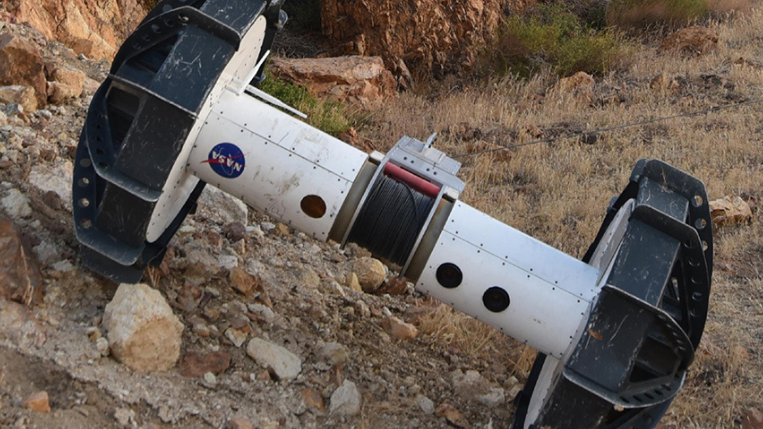Robots in Extreme Environments
Robots in Extreme Environments


Robots have been put to work to take people out of hazardous situations, from inspecting wind turbines to cleaning chemical tanks. But increasingly, they are operating in places that are hazardous to the robot itself. Robots have worked for years in industry and agriculture, where the ability to stand up to heat, dust, and vibration is critical. But as humans look further and further afield to find resources or conduct research, robots are being sent to the bottom of the ocean, to other planets, and into caves, damaged nuclear reactors, collapsed buildings, and lava fields— extreme environments that bring new and complex engineering challenges.


Already a member? Log in.
This content is reserved exclusively for ASME Members.
Get access to these articles & other ASME Membership Benefits
✓
& much more!
✓
Technical Divisions & Sections
✓
Mechanical Engineering Magazine
✓
ASME Smart Brief
✓
ASME News
✓
Journal Discounts
✓
Free Codes & Standards Summary Books
✓
TechDesign and TechReboot Newsletters
✓
AccessEngineering
✓
ASME Conference Discounts
✓
Free Learning & Development Courses
✓
TEC Talk Webinar Series
✓
ASME Career Center
✓
Digital Article Pack or Free Quarterly E-Book Download
Access to Membership Benefits may take up to 24 hours to process.